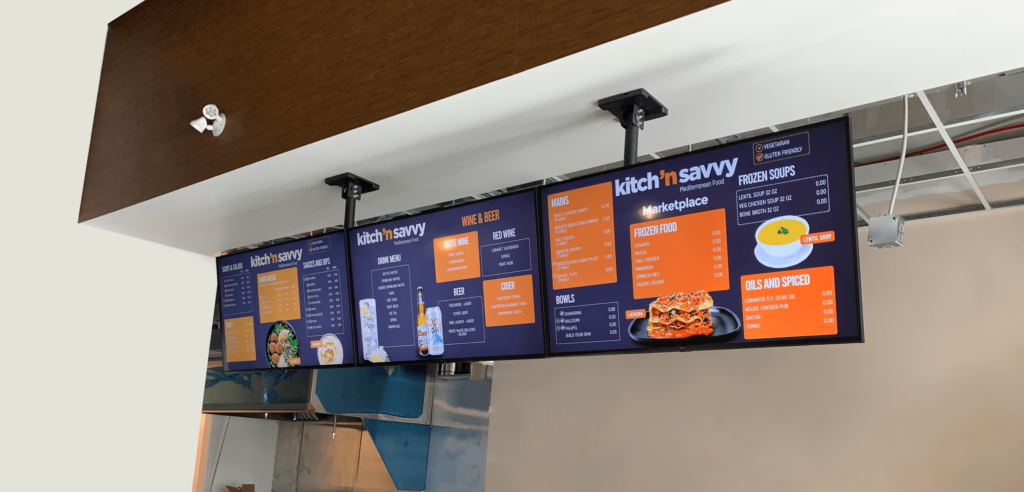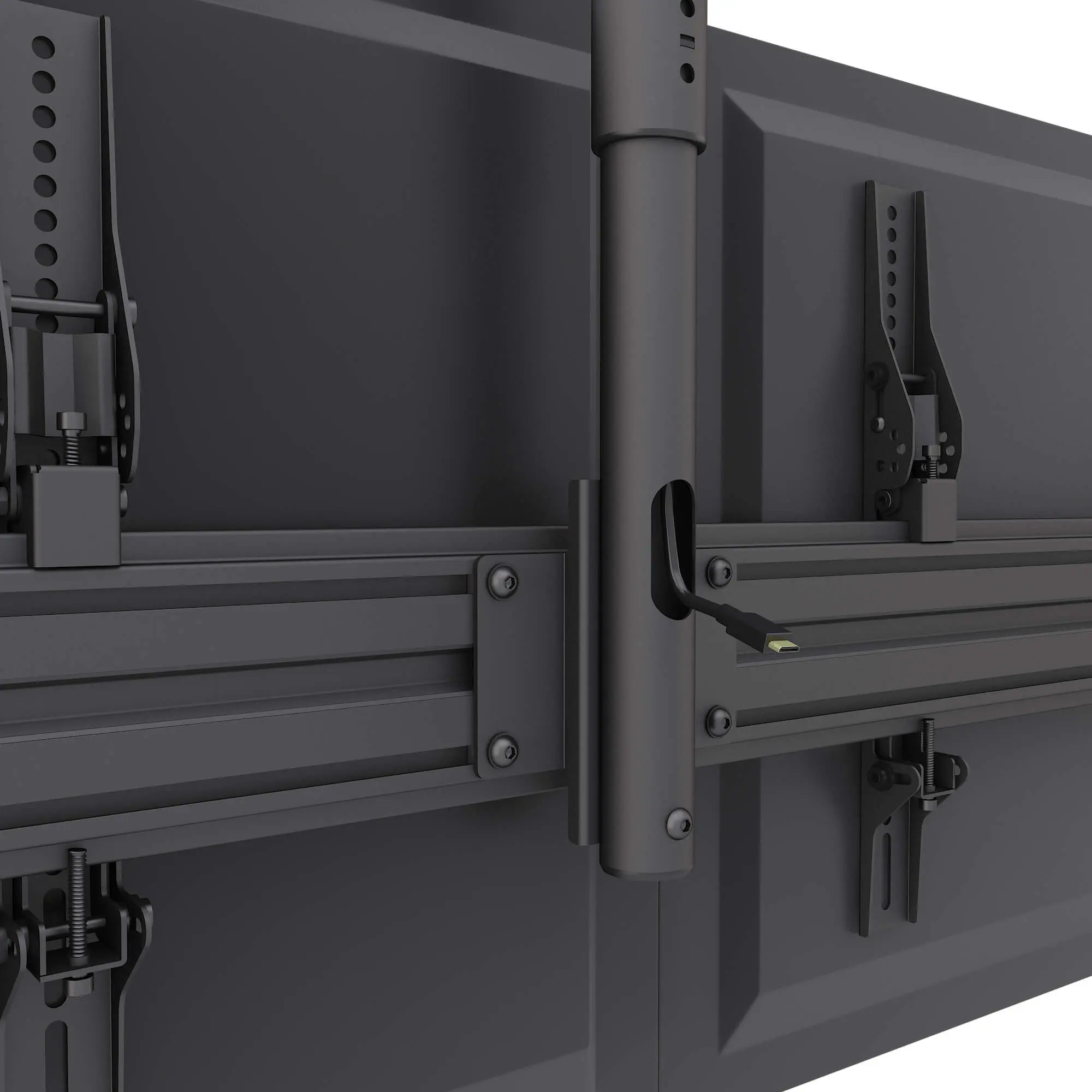Incorporating digital signage into your business strategy can serve as an excellent means of communication, captivating your audience and elevating the overall atmosphere. Nevertheless, the path from selecting the appropriate mounts for your digital signage to accomplishing a flawless installation presents its own set of challenges. To ensure the smooth installation of your new digital signage displays, it’s imperative to steer clear of typical problems that may emerge throughout the installation process. This article examines seven key errors that individuals and businesses frequently face when setting up digital signage mounts. By identifying and preparing for these problems, you’ll be well on your way to crafting striking and secure visual presentations that leave a lasting impression on your patrons and guests.
Neglecting Proper Measurements
Not taking accurate measurements is one of the most frequent mistakes people make when choosing a digital signage bracket or mount. By accurately measuring both your mounting location and your display, you can more easily select the correct bracket for your project. Furthermore, ensure you compare the size and weight of your screen with the specifications listed on your bracket to confirm compatibility; this will help prevent instability and damage to both your mount as well as your space.

Skipping the Studs
While it might be tempting to depend exclusively on drywall anchors to achieve flawless aesthetic positioning, this approach can lead to problems. Opting to mount directly into wall studs offers a robust base, assuring the stability of your digital signage displays. This becomes particularly critical when installing heavy displays, digital video walls, or multi-display digital signage brackets.
Ignoring Wall Structure
Failing to consider the structural integrity of your wall or ceiling may lead to an insecure mounting and jeopardize the stability of your display. Installing heavy digital screens on weak surfaces can induce drooping, tilting, or, in extreme cases, even a catastrophic collapse. Such incidents not only risk structural harm to your location but, in businesses like restaurants and other public establishments, they could necessitate a temporary shutdown. Entrusting your installation to a professional who can assess and carry out the task guarantees long-term safety and security.

Neglecting VESA Compatibility
VESA (Video Electronics Standards Association) standards dictate the pattern of the mounting holes on the back of your digital screens. While many screens and manufacturers use common VESA mounting patterns, some displays may deviate from conventional VESA patterns. In order to ensure you order the correct bracket for your displays, it is important to check the VESA compatibility of your mount and screens. If your screen uses less common VESA mounting patterns, then please contact our experts to ensure you receive the correct mounting arms for your screen.
Misjudging Viewing Angles
Improperly positioning your displays in terms of height and angle can have adverse effects on your installation, fundamentally altering the viewer’s experience. An incorrect height or angle can lead to subpar visibility, cause discomfort for viewers, and significantly diminishing the effectiveness of your screens. Although many signage brackets offer tilting capabilities, it’s crucial to take your audience’s average eye level and your space’s layout into account to attain the most advantageous viewing angles for your installation. Careful of these crucial factors will save you the time and expenses associated with reinstalling your brackets.

Underestimating Future Adjustments
While certain digital display bracket installations are meant to be fixed in place, others should allow for adaptability in the future. It’s essential to steer clear of mounting your displays in a manner that limits your capacity to make alterations when necessary. For instance, if there’s a possibility of requiring an additional screen for your digital menu boards down the road, factor that in when selecting a bracket style. If your wall’s capacity can accommodate only three screens but you might need four, you might want to contemplate ceiling mounts as an alternative. Proactively considering the future and ensuring flexibility in your installation will guarantee that your digital signage maintains its effectiveness over time.
Forgetting Cable Management
Untidy cables not only give off an unprofessional vibe but also pose safety risks and disrupt the visual appeal of your digital signage installation. While your cable organization strategies may differ based on your specific bracket type and the characteristics of your space, taking a proactive approach guarantees orderly, secure, and visually pleasing signage. For example, when employing wall brackets for digital signage, you might consider installing electrical outlets behind your digital signage mounts in advance. Additionally, several ceiling brackets specifically designed for digital signage come equipped with built-in cable management along their mounting poles. If you have any questions regarding power and cable management, it’s advisable to consult with your installation expert for guidance.

In Conclusion
Remember, meticulous planning, accurate measurements, proper compatibility checks, and attention to structural details are your allies. By avoiding these seven common mistakes, you’re not only safeguarding your investment but also optimizing the impact of your digital signage displays. With a secure and well-executed installation, your visual communication will shine brightly, engaging your audience and conveying your message effectively.


